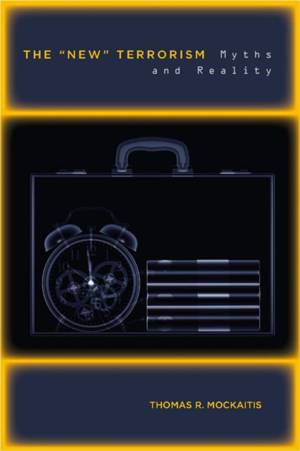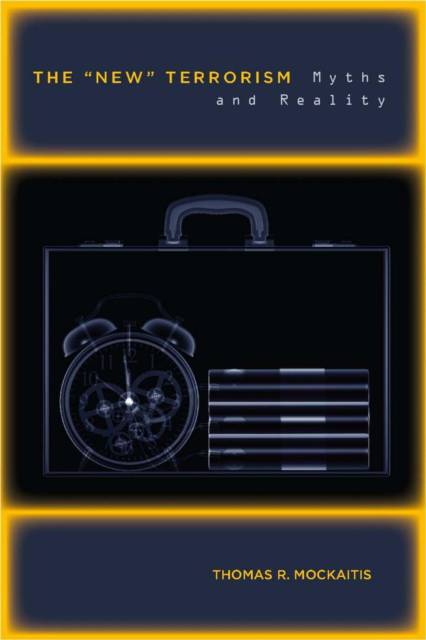
- Afhalen na 1 uur in een winkel met voorraad
- Gratis thuislevering in België vanaf € 30
- Ruim aanbod met 7 miljoen producten
- Afhalen na 1 uur in een winkel met voorraad
- Gratis thuislevering in België vanaf € 30
- Ruim aanbod met 7 miljoen producten
Zoeken
Omschrijving
As shocking as the attacks of 9/11 were, we have been too quick to view the post-9/11 struggle against terrorism as entirely new and unprecedented. Without denying certain novel aspects of Al Qaeda and its affiliates, the "newness" of its purpose and methods has been overemphasized. Many aspects of contemporary terrorism bear a striking resemblance to past movements. Others represent the culmination of trends evolving over decades. Even seemingly novel characteristics of terrorist methods may be more the outcome of earlier developments than a truly new phenomenon. The increased lethality of terrorist attacks is a case in point. Usually attributed to lack of restraint brought on by religious extremism, the emphasis on body count may owe as much to a kind of threshold phenomenon. Numbed by decades of violence, people do not shock as easily as they once did. It now takes thousands of deaths to produce the same effect once caused by a relative handful. This book examines the nature of the contemporary threat within a historical context to discern continuities and change in terrorist behavior. It challenges the idea of a global war on terrorism and suggests that the United States, or any threatened country, would be better served by a policy aimed at reducing the risk of terrorist attack to an acceptable level at a reasonable cost. The book concludes by proposing a workable strategy for achieving this reasonable level of security.
Specificaties
Betrokkenen
- Auteur(s):
- Uitgeverij:
Inhoud
- Aantal bladzijden:
- 176
- Taal:
- Engels
Eigenschappen
- Productcode (EAN):
- 9780804759700
- Verschijningsdatum:
- 17/04/2008
- Uitvoering:
- Paperback
- Formaat:
- Trade paperback (VS)
- Afmetingen:
- 159 mm x 233 mm
- Gewicht:
- 263 g

Alleen bij Standaard Boekhandel
+ 69 punten op je klantenkaart van Standaard Boekhandel
Beoordelingen
We publiceren alleen reviews die voldoen aan de voorwaarden voor reviews. Bekijk onze voorwaarden voor reviews.











